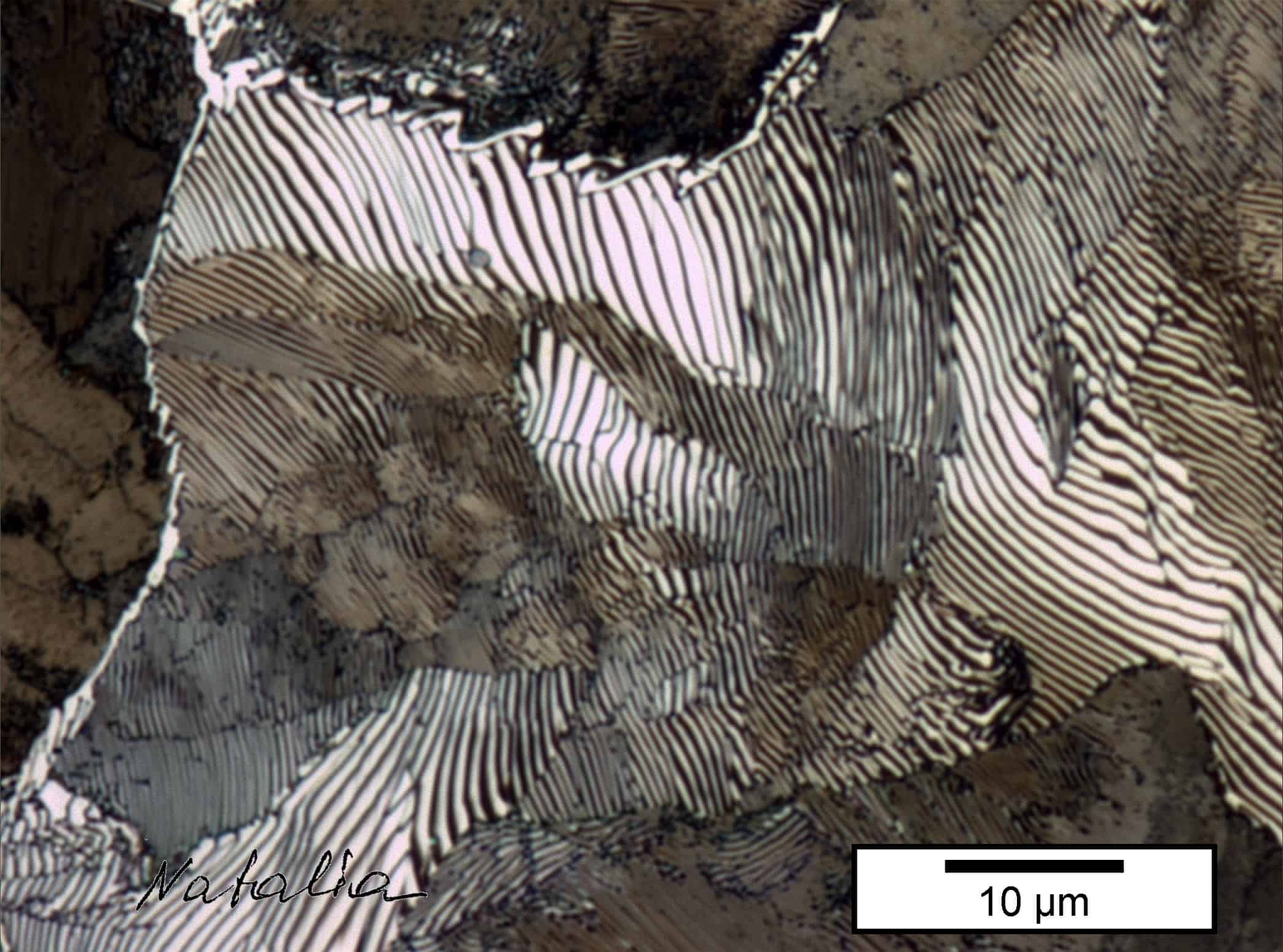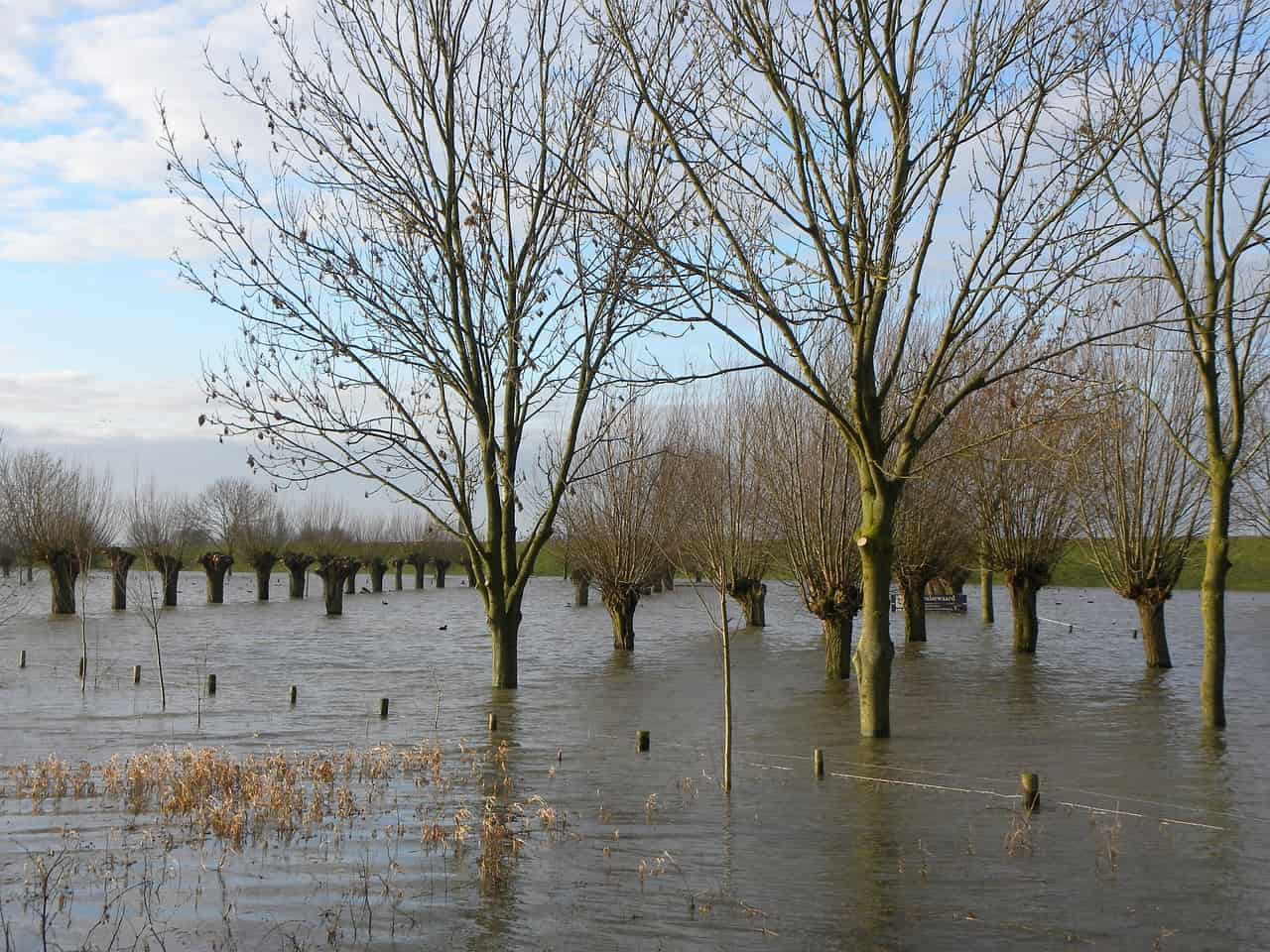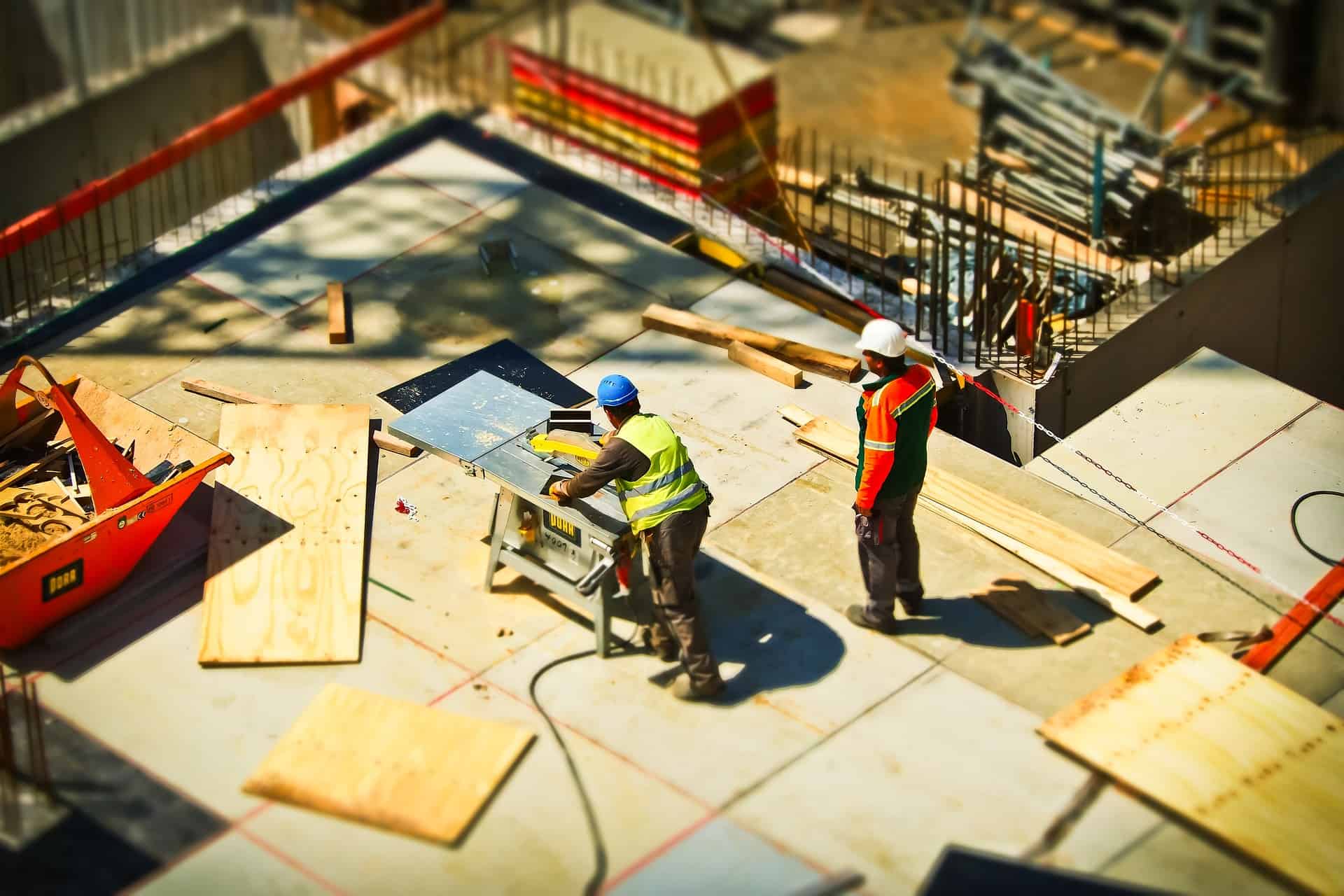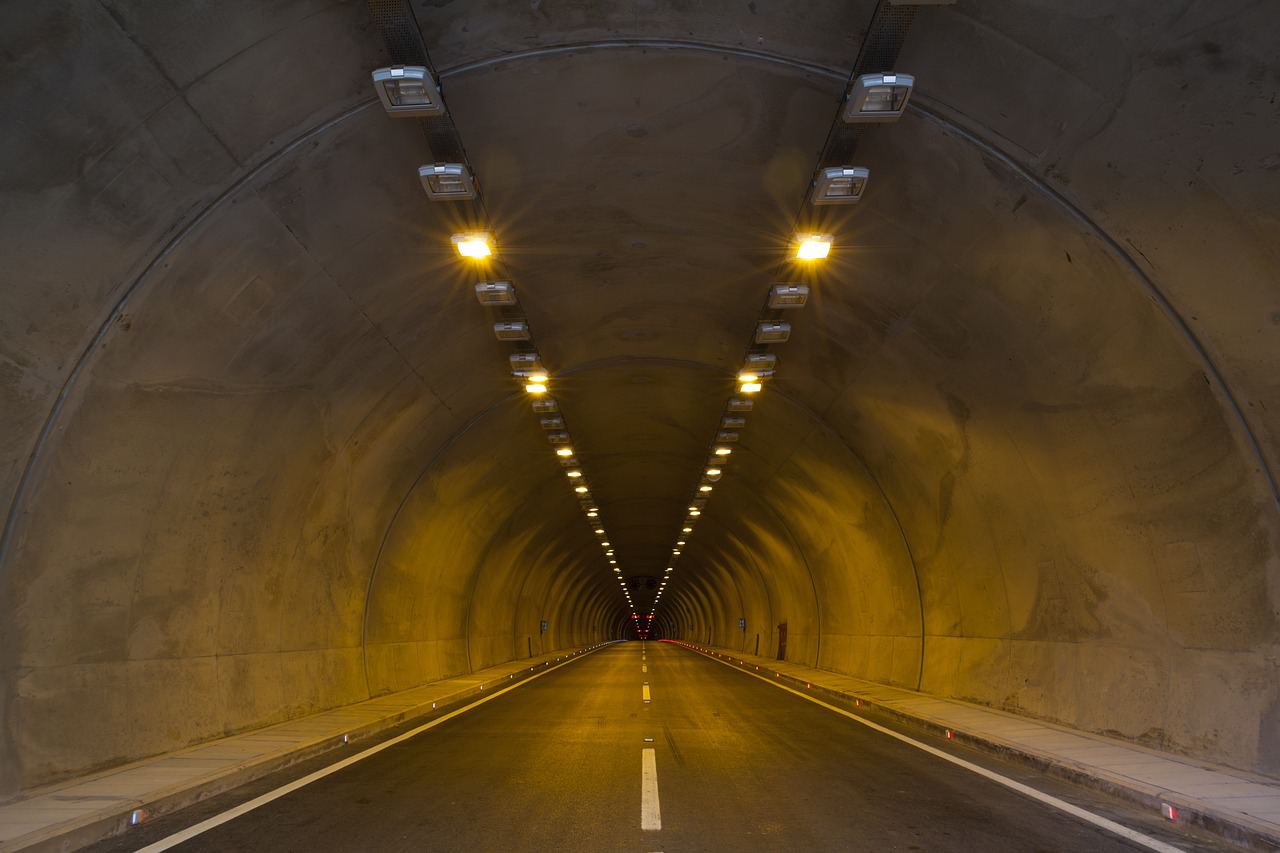
Maintenance of Dutch infrastructure needs to improve. Rising groundwater levels are putting road surfaces and tunnels in the Netherlands, among others, at risk. However, there are technological solutions that can help us out.
Why you need to know this:
Due to climate change, we increasingly face extreme weather events. And that affects our infrastructure. Technology can give us a helping hand.
The interplay between high groundwater levels and a specific type of steel used in the construction of tunnels in the Netherlands is a source of concern for infrastructure managers. When the foundation fails, it can result in the road surface rising. In December 2022, the problems came to light when the carriageway of the Prinses Margriettunnel on the A7 near Sneek suddenly rose, causing a dangerous situation. Now, more tunnels in the Netherlands also appear to be affected.
From real-time monitoring of conditions, to rebuilding tunnels, technology can provide a solution.
Measuring in real time
Dutch company Stabialert has focused on monitoring bridges, tunnels and buildings for many years.
During both the construction and renovation of tunnels, for example, the StabiAlert sensor system can be used to measure deformations to the structure. After the tunnel is completed, sensors provide an opportunity to record both abrupt vibrations and gradual changes in the tunnel. These patterns are displayed in real time in a dashboard.
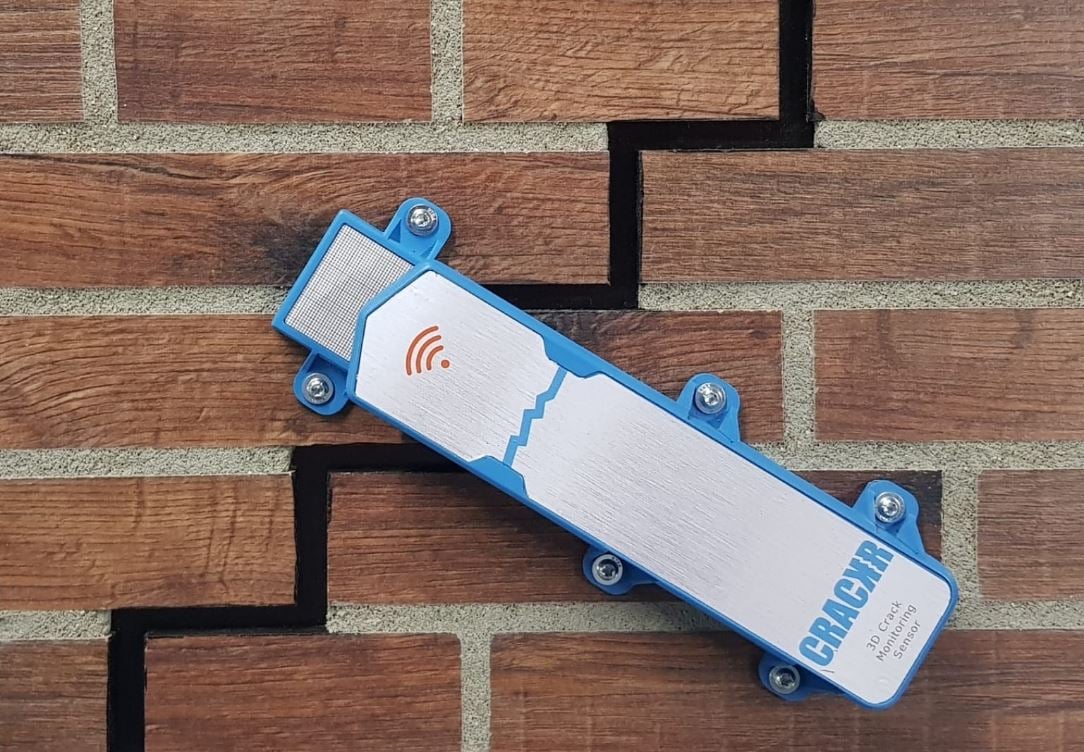
Digital twins: a virtual copy of reality
Another cutting-edge technology is the concept of ‘digital twins’. This involves creating a digital copy of the tunnels, allowing infrastructure managers to accurately monitor and analyse the condition of their assets. Hexagon Geosystems’ technology, for example, enables the creation of a detailed digital twin, which is essential for both the renovation of existing tunnels and the construction of new ones.
Robots come to the rescue
It seems inevitable that many tunnels in the Netherlands will (partly) have to be rebuilt in the future. An emerging technology to help with this are mini-robots that operate in swarms. The robots, like those from hyperTunnel, are tailor-made for each project. They can move underground via pre-drilled pipes. Once in the pipes, they can use robotic arms and milling heads to excavate small cavities, which are then filled with concrete or other solid material to create the tunnel structure. This approach offers advantages, such as more efficient use of construction materials, and can make adjustments to the tunnel structure based on geology.



